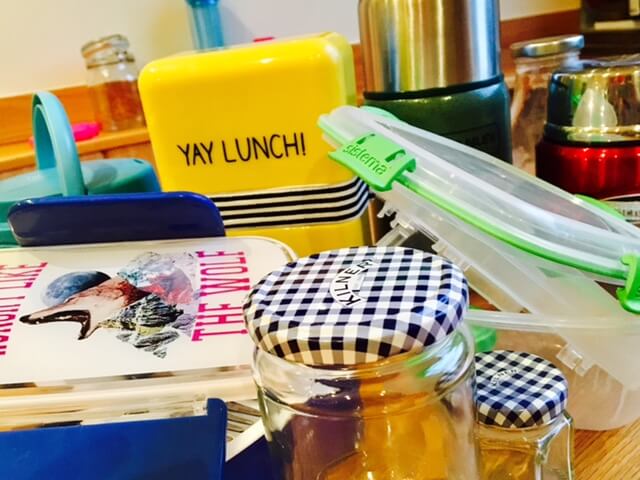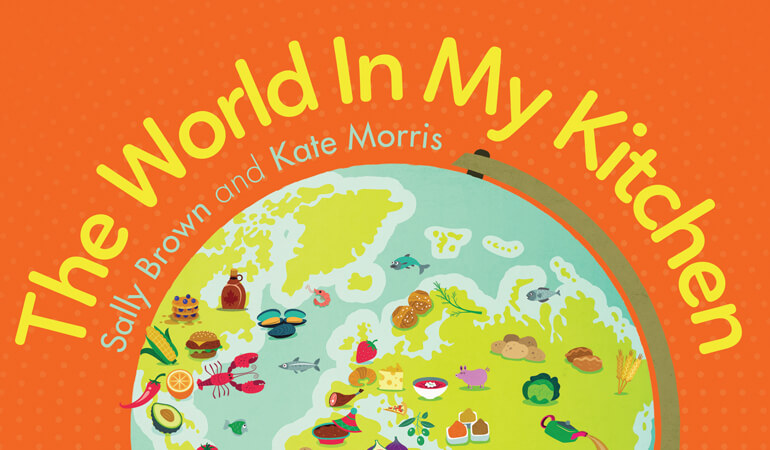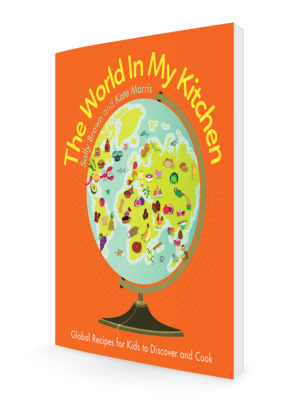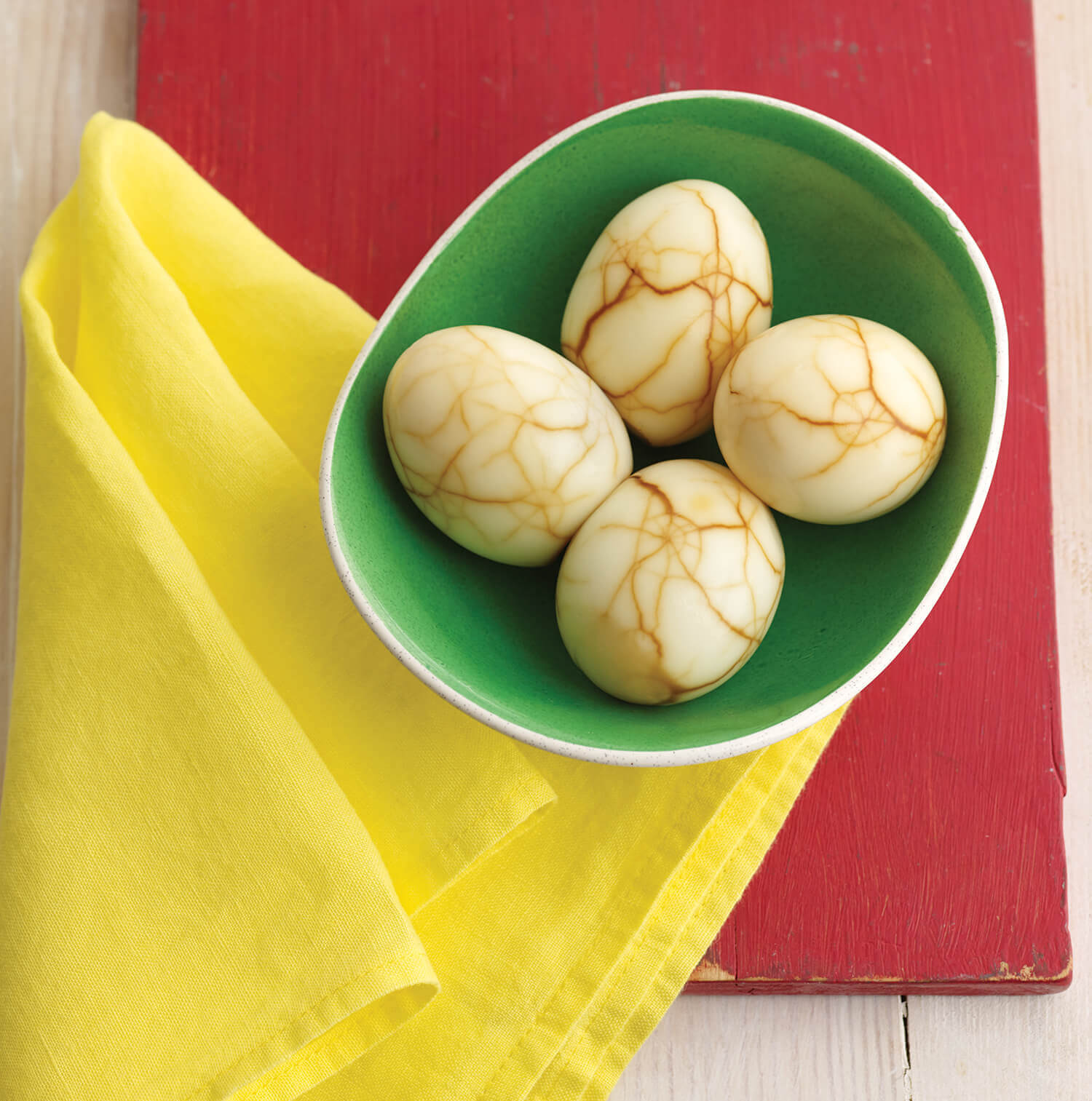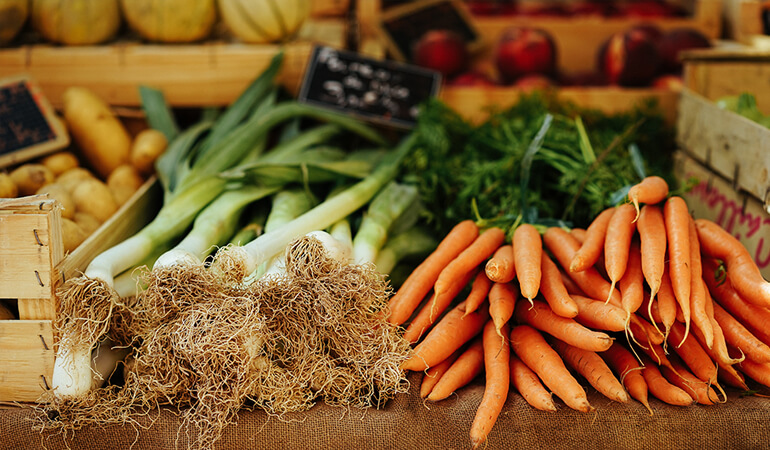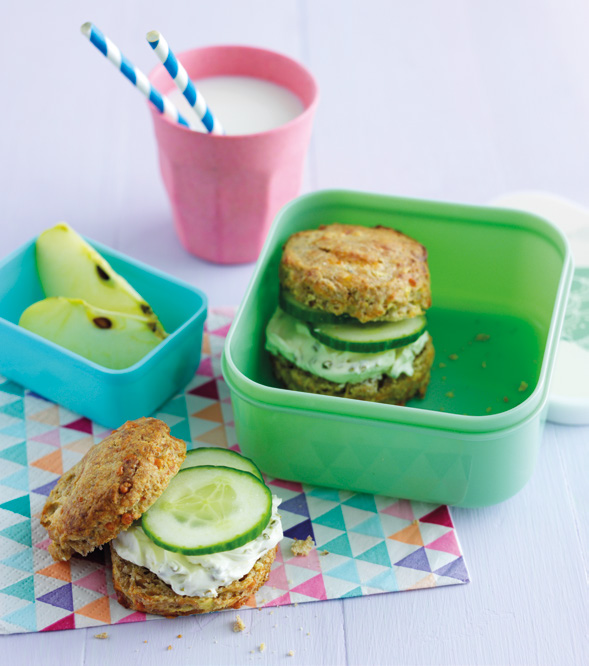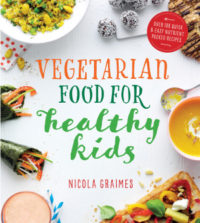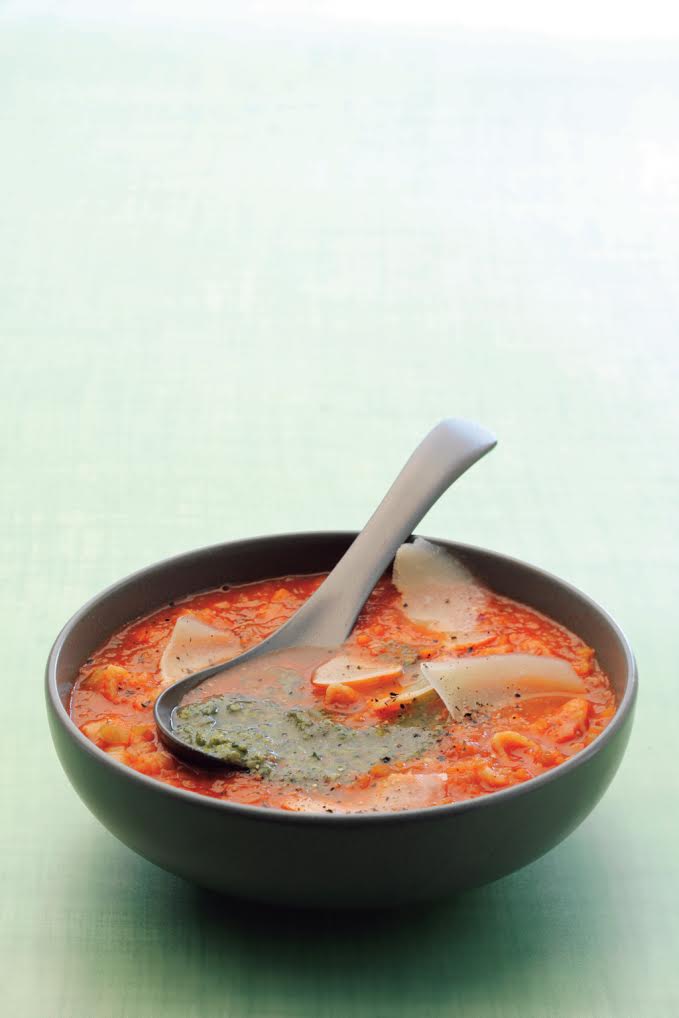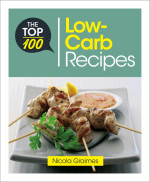From steaming to stir frying, deep-frying to braising and even smoking, I Love My Wok will show you exactly how versatile the wok really is. Showcasing over 100 delicious and nutritious recipes for all occasions, Nicola Graimes shows how one pan really can do it all.
To showcase these fantastic recipes we have chosen just three of our favourite recipes…
Golden Purses
Serves: 4, Prep Time: 15 minutes, Cooking Time: 25 minutes
Ingredients:
 1 tbsp. sunflower oil (plus extra for deep-frying
1 tbsp. sunflower oil (plus extra for deep-frying
2 cloves garlic, finely chopped
5 spring onions/scallions, finely chopped
5cm/2in piece of fresh ginger, peeled and finely chopped
250g/9oz minced/ground chicken
2 tsp. Chinese rice wine or dry sherry
20 wonton wrappers
Salt and freshly ground black pepper
Sweet chilli sauce, for dipping
Method:
- Heat a wok until hot. Add 1 tablespoon of oil, then the garlic, spring onions, ginger and chicken and stir-fry for 4 minutes until cooked through.
- Pour in the soy sauce and wine and cook, stirring for a further minute or until all the liquid has evaporated. Season to taste with salt and pepper.
- Place one wonton wrapper on a flat surface, keeping the others covered with a damp cloth. Put a tablespoon of the chicken filling in the middle of the wrapper. Brush the wrapper with a little water, then gather the sides up around the filling and pinch together to make a bag, enclosing the filling. Set on one side, covered with a damp cloth. Repeat with remaining wrappers and filling.
- Heat enough oil in the wok to deep-fry the filled wontons. When the oil is hot enough to brown a day-old cube of bread in 35 seconds, add 3-4 wontons and cook for 1-2 minutes until golden. Repeat with the remaining wonton.
- Serve immediately with sweet chilli sauce, for dipping.

Yakisoba Noodles
Serves: 4
Prep Time: 15 minutes
(plus 1 hour marinating time)
Cooking Time: 25 minutes
Ingredients:
350g/12oz firm tofu, drained, patted dry and cubed
250g/9oz dried ramen noodles
2 tbsp. rice vinegar
1 tbsp. tomato ketchup
2 tbsp. vegetarian ‘oyster’ sauce
1 tsp. soft light brown sugar
1 tbsp. sunflower oil, plus extra for greasing
1 tbsp. sesame oil
5cm/2in piece of fresh ginger, peeled and finely chopped
1 red pepper, sliced
1 carrot, sliced diagonally
2 courgettes/ zucchini, slice diagonally
250g/ 9oz Chinese leaves, shredded
6 spring onions/scallions, white and green parts separated, sliced diagonally
Handful of toasted sesame seeds
For the marinade:
3tbsp Japanese soy sauce
3 cloves garlic, finely chopped
2 tbsp. sweet chili sauce
3 tbsp. mirin
Method:
- Mix together all the marinade ingredients in a dish. Add the tofu and stir to coat. Leave for 1 hour, turning the tofu occasionally. Drain, reserving the marinade for later.
- Preheat the oven to 180°C/ 350°F/ Gas 4. Put the tofu on a lightly oiled baking sheet and roast in the oven for 20 minutes, turning halfway, until crisp and golden.
- Meanwhile, cook the noodles following the packet instructions. Rinse, refresh under cold running water and set on one side. Mix together the rice vinegar, ketchup, oyster sauce and sugar in a small bowl and set on one side.
- Heat a wok until hot. Add the oils, then toss in the ginger, red pepper and carrot and stir-fry for 1 minute. Add the courgette/ zucchini, Chinese leaves and the white part of the spring onions/scallions and stir-fry for another 2 minutes.
- Mix the rice vinegar mixture and the reserved marinade together and add to the wok with the cooked noodles. Toss over a medium heat until combined and heated through, then serve with the tofu, sesame seeds and the green part of the spring onions/scallions sprinkled over the top.
Crispy Pork Balls with Spinach

Serves: 4, Prep Time: 20 minutes, plus 30 minutes chilling, Cooking Time: 20 minutes
Ingredients:
500g/ 1lb 2oz. lean pork fillets, roughly chopped
2 birds eye chillies, deseeded and thinly sliced
5cm/2in piece of fresh ginger, peeled and chopped
Handful of fresh coriander/cilantro leaves, roughly chopped
2 sticks lemongrass, peeled and finely chopped
4 spring onions/scallions, chopped
4 tbsp. groundnut oil
3 cloves garlic, finely chopped
2 tsp. mustard seeds
½ tsp. chilli powder
500g/ 1lb 2 oz. fresh spinach, tough stalks removed
4 tbsp. Chinese rice wine or dry sherry
3 tbsp. light soy sauce
1 tsp. sugar
Juice of 2 limes
Salt and freshly ground black pepper.
Method:
- Put the pork, bird’s eye chillies, ginger, coriander/cilantro leaves, lemongrass and spring onions/scallions in a food processor and process to form a coarse paste. Season to taste with salt and pepper, then form into 16 walnut-sized balls and chill in the refrigerator for 30 minutes.
- Heat half the oil in a wok and fry the pork balls, four at a time, for 4 minutes, turning occasionally, until golden. Add more oil if necessary before cooking the next batch and keep the cooked balls warm while cooking the remainder.
- Wipe the wok clean; pour in the remaining oil and heat. Add the garlic and mustard seeds and stir-fry for 30 seconds, then add the chilli powder, spinach, rice wine, soy sauce and sugar. Stir-fry for 2 minutes, then add the lime juice. Season to taste with salt and pepper and serve, topped with the warm pork balls.
 Nicola Graimes is an award-winning cookery writer and former editor of Vegetarian Living magazine. She has written more than 20 books, including The Top 100 Recipes for a Healthy Lunchbox, The Big Book of Wok, The Big Book of Low-Carb Recipes, Veggienomics, The New Vegetarian Kitchen (that was chosen as one of OFM‘s Top 50 Cookbooks of the Year) and The Part-Time Vegetarian for Nourish.
Nicola Graimes is an award-winning cookery writer and former editor of Vegetarian Living magazine. She has written more than 20 books, including The Top 100 Recipes for a Healthy Lunchbox, The Big Book of Wok, The Big Book of Low-Carb Recipes, Veggienomics, The New Vegetarian Kitchen (that was chosen as one of OFM‘s Top 50 Cookbooks of the Year) and The Part-Time Vegetarian for Nourish.
‘I Love My Wok’ is available to buy from the 17th August 2017 from Nourish.

 awareness of people living with allergies. Their focus this year is on the issues that people with allergy face while they are traveling.
awareness of people living with allergies. Their focus this year is on the issues that people with allergy face while they are traveling.


 1 tbsp. sunflower oil (plus extra for deep-frying
1 tbsp. sunflower oil (plus extra for deep-frying

 Nicola Graimes is an award-winning cookery writer and former editor of Vegetarian Living magazine. She has written more than 20 books, including The Top 100 Recipes for a Healthy Lunchbox, The Big Book of Wok, The Big Book of Low-Carb Recipes, Veggienomics, The New Vegetarian Kitchen (that was chosen as one of OFM‘s Top 50 Cookbooks of the Year) and The Part-Time Vegetarian for Nourish.
Nicola Graimes is an award-winning cookery writer and former editor of Vegetarian Living magazine. She has written more than 20 books, including The Top 100 Recipes for a Healthy Lunchbox, The Big Book of Wok, The Big Book of Low-Carb Recipes, Veggienomics, The New Vegetarian Kitchen (that was chosen as one of OFM‘s Top 50 Cookbooks of the Year) and The Part-Time Vegetarian for Nourish.